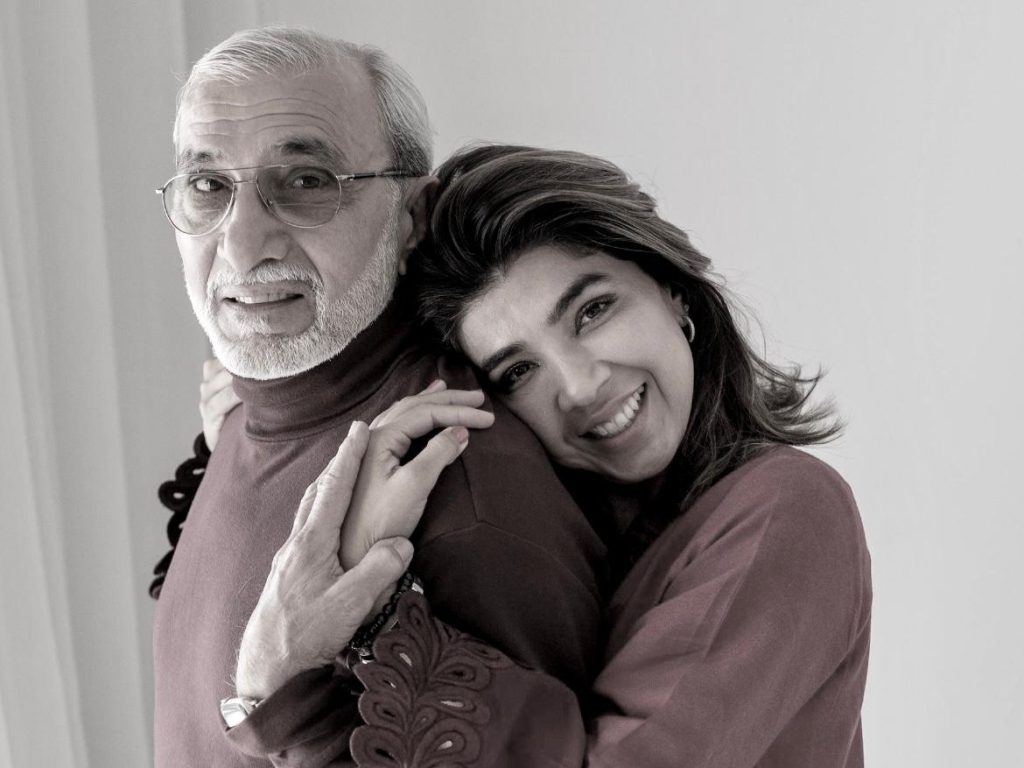Understanding Imposter Syndrome: Why High Achievers Feel Like Frauds
Understanding Imposter Syndrome: Why High Achievers Feel Like Frauds Have you ever felt like you don’t belong in a room full of smart, successful people? Like any moment, someone will tap you on the shoulder and tell you, “We made a mistake. You’re not supposed to be here.” If so, congratulations—you’re human. More importantly, you are not alone. This feeling is called Imposter Syndrome—the belief that you’re not as competent as others perceive you to be, and that eventually, they’ll “find out” you’re a fraud. Despite clear achievements, people with imposter syndrome struggle with self-doubt and fear of exposure. Why Do We Feel Like Imposters? Even the most accomplished individuals—Maya Angelou, Albert Einstein, and Michelle Obama—have battled imposter syndrome. So, why does this happen? 1. Your Brain’s Safety Mechanism Our brains prioritize survival over success. When we enter new, challenging situations, our brain sounds the alarm: “This is unknown territory—maybe you don’t belong here.” 2. Perfectionism If you believe that anything less than perfect is failure, you’ll always feel like you’re falling short. But perfection is impossible, and chasing it only fuels self-doubt. 3. Comparison Culture We compare our behind-the-scenes struggles with other people’s highlight reels on social media. You see their success, but not their setbacks—which makes it feel like you don’t measure up. 4. Success Without Struggle Feels Undeserved Many of us believe that success must come with pain and struggle. If something comes naturally, we assume we “just got lucky.” But being talented doesn’t make you a fraud—it makes you skilled. 5. The ‘I’m the Only One’ Myth Imposter syndrome thrives in secrecy. When people don’t talk about it, you assume you’re the only one feeling this way—when in reality, nearly 70% of people will experience imposter syndrome at some point in their lives. How to Overcome Imposter Syndrome The good news? Imposter syndrome is just a mental trick—and you can break free from it. Here’s how: ✅ Name It, Claim It, Reframe It When imposter thoughts arise, call them out: “That’s just my imposter syndrome talking.” Reframe it—feeling uncomfortable doesn’t mean you don’t belong. It means you’re growing. ✅ Keep a Wins Journal Imposter syndrome makes you ignore your successes. Start tracking every win—big or small. When self-doubt creeps in, read your list. Let the evidence prove your worth. ✅ Talk About It Ask a mentor or friend if they’ve ever felt like a fraud. 99% of the time, they’ll say yes. Realizing you’re not alone takes away its power. ✅ Shift from Proving to Providing Instead of trying to “prove” you belong, focus on providing value. Ask: How can I help? How can I contribute? When you focus on others, you stop obsessing about yourself. ✅ Act As If Until It Feels Normal Confidence isn’t something you have—it’s something you practice. Show up, speak up, take space—even if you feel like an imposter. Over time, your actions will convince your mind that you do belong. Final Reflection: You’re Not a Fraud, You’re Growing Feeling like an imposter doesn’t mean you’re failing. It means you care. It means you’re stepping up, pushing your limits, and leveling up. So the next time that little voice whispers, “You don’t deserve this”, remind yourself: ✅ You earned this. ✅ You have proof. ✅ You are here because you belong. And if Maya Angelou, Albert Einstein, and Michelle Obama felt it—maybe imposter syndrome isn’t a sign that you don’t belong. Maybe it’s proof that you’re exactly where you’re meant to be.







